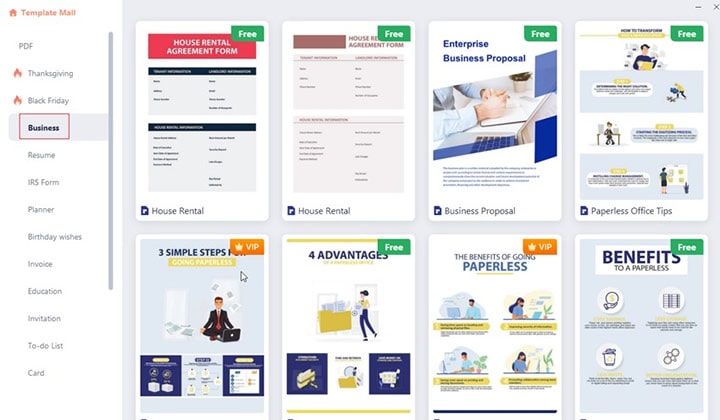PDFelement-Powerful and Simple PDF Editor
Get started with the easiest way to manage PDFs with PDFelement!
Creating a business proposal is similar to building a house. While certain elements are always required, such as the foundation, the design of a house varies depending on location and the architect's or homeowner's preferences.
Similarly, the components of a business proposal can vary depending on the industry, company size, and a variety of other factors. A well-written proposal, like any other piece of writing, begins with gathering information and assessing the problems that your potential client is attempting to solve.
Document management has become an important part of operations for small businesses in this digital world. Here is the best document management solution for small businesses.

In this article
Part 1. What Is a Business Proposal?
A common misunderstanding is that business proposals and business plans are interchangeable. A business proposal is a formal document that a company creates and sends to a prospect to secure a business agreement. Writing a business proposal is more about selling your product or service than it is about selling your company. A proposal, rather than assisting you in your search for investors to fund your business, assists you in your search for new customers.
Part 2. 3 Different Types of a Business Proposal
In general, there are three types of business proposals:
1. Formally Solicited Business Proposal
When responding to a formal request to write a business proposal, you submit a formally solicited business proposal. You now know the requirements and have more information about a potential buyer. You must write the business proposal for your buyer to evaluate so the sales process can begin.
2. Informally Solicited Business Proposal
When there is no official request for a proposal, informally solicited business proposals are written. A potential customer is interested in your services and requests a proposal to evaluate.
3. Unsolicited Business Proposal
In unsolicited business proposals, you approach a potential customer with a proposal even if they have not requested one to gain their business.

Part 3. 10 Sections in a Business Proposal
There is no one-size-fits-all approach to writing a business proposal, but let's look at some elements of a business proposal and what to include in each section.
Title Page
This section contains fundamental information such as your company's name and contact information, logo, client's name, contact information, date, and title.
Table of Contents
A table of contents is an important but often overlooked component of any longer document because it informs the reader about what to expect in the proposal. A table of contents isn't always required, but it can make any proposal much easier to understand as your document is distributed to all relevant parties.
Executive Summary
Your executive summary establishes the tone for the rest of your proposal by providing a high-level overview of the contents of subsequent pages. This will make your summary manageable with details that should be handled elsewhere.
Problem Statement
Writing a business proposal aims to solve the buyer's problem. Your goal is to create a clear outline of the problem statement. This instills in your prospect a sense of urgency. They will be eager to solve the problem. And now you have a solution.
Proposal and Solutions
The proposal section provides a high-level overview of the tailored solution your company has created for your potential client. In the proposed solution section, you demonstrate how to alleviate your prospective buyer's pain points.
Qualifications
This section is crucial because it serves as social proof. When writing a business proposal for a potential client, you can emphasize your company's strengths and your team's qualifications.

Pricing
You can specify your fees, payment terms, payment schedule., and legal aspects of this transaction on this page. Another great way to ensure your potential client understands what he's paying for is to divide your pricing into stages.
Conclusion
Summarize the proposal. Discuss your qualifications and why you'd be the best choice.
Terms and Conditions
This step is critical because it outlines the transaction's legal aspects. As a result, the terms and conditions section of your proposal should be as detailed as possible. Include the overall project timeline (from start to finish), payment methods, and payment schedule. This way, both of you will understand what has been agreed upon.
Signature
You may enter into a contract sooner than expected if you include legal language and an electronic signature request at the bottom of your document.
Part 4. Get Business Proposal Templates for Free
Ready to begin but unsure where to begin? PDFelement can provide some excellent examples of business proposals. Using these free business proposal templates consistently resulted in high-performing results for customers with minimal editing time.
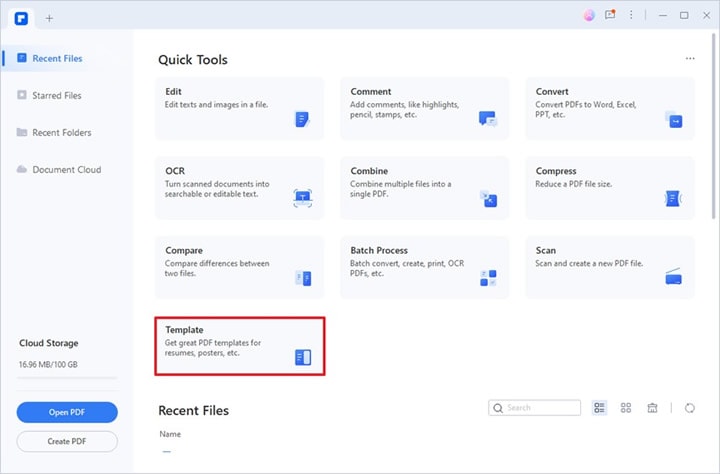
Once you've customized an existing template to meet your specific requirements, you can save it as a new template in your content library for faster reuse. As a result, you can reduce the entire business proposal design process to minutes rather than hours or spend more time refining your proposal for maximum appeal.
Check out the PDFelement template mall for expertly designed templates to see the true power of the PandaDoc editor. You can download these business proposal templates for free and load them with a single click into your PDFelement editor. It's that simple.
Part 5. Tips To Write a Business Proposal for Free
A business proposal is designed to entice new customers to join the company. To that end, a business proposal must appear professional. Let's look at how to optimize a business proposal now that you know how to write one!
1. Use Business Proposal Editing Software Instead of Writing Manually
You want to present the client with a collaborative, professional proposal. Furthermore, given the information you've included, you want the proposal to be secure.
Save your proposal in PDF format, whether you're an expert or a novice. This is critical. But don't settle for just any PDF. Use a feature-rich tool like PDFelement instead.
PDFelement enables efficient and seamless collaboration. You can complete group work with your partners in this manner. It also facilitates real-time version control and group collaboration, which is especially useful when writing a collaborative proposal. Create and divide a single PDF draft into several sections. When each group member has finished their section, PDFelement makes it simple and quick to merge the separate PDFs into a single document.
How To Edit a Business Proposal For Free Using PDFelement
Here are the steps to edit a business Proposal with PDFelement
Step 1Create a PDF
With PDFelement, you can create PDFs from templates by clicking the "Create a PDF > PDF Template" button, which will take you to the Template Mall.
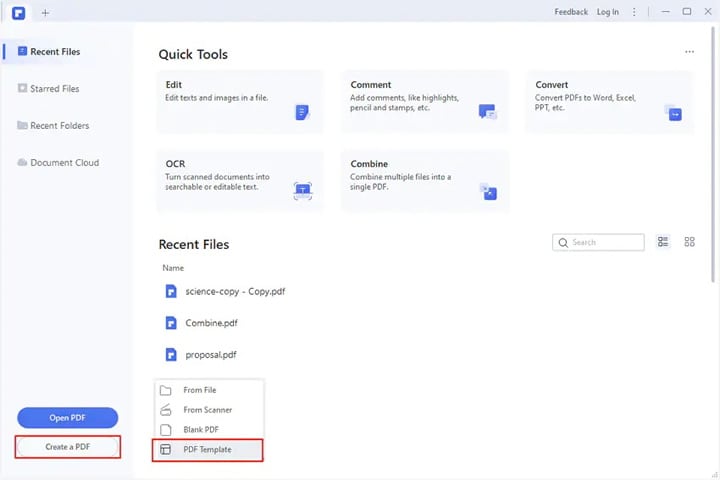
Step 2Select a PDF Template
There are numerous materials to choose from in the Template Mall. Simply clicking on a template will launch the editor.
Step 3Edit the PDF
When you select "Edit > Edit All", PDFelement allows you to edit only text, images, or links.
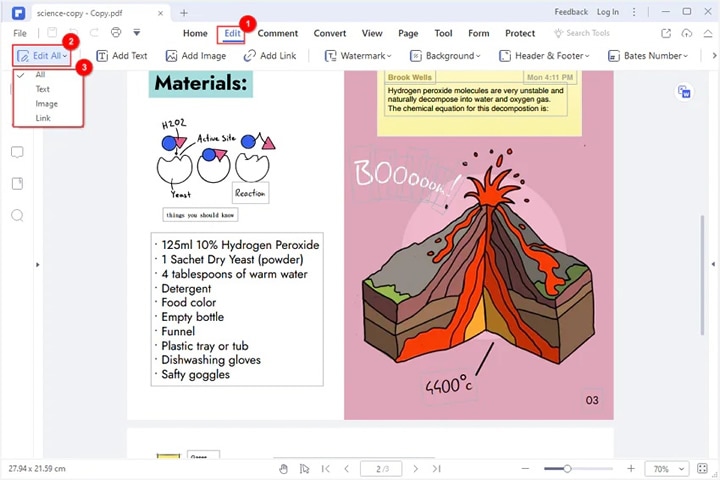
Step 4Save and Print
After editing the PDF template, you can save or print it. Select "File" > "Print" from the menu.
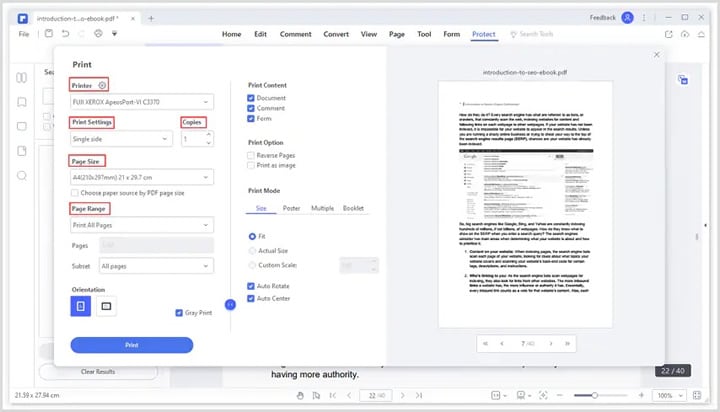
You can also watch the video below to get a detailed steps about edit a business proposal with PDFelement.
2. Research the Market Trends
Once you understand this, you can envision how your service or product will assist the client in navigating the marketplace. Then, you can present your proposal to demonstrate how your solution will assist them in getting ahead in the current environment.
3. Know your Client's Situation
The situation analysis is your opportunity to demonstrate to prospective clients that you listened to them in previous conversations. Demonstrate that you understand their current challenges and are ready to assist. To win the client, state their problems and build your proposal around solving them.
4. Make an Aesthetic Business Proposal
Well-designed materials are not only more appealing, but they also have a greater impact and make the content easier to understand. The appearance is just as important as the content.
5. Create a Personalized Proposal
To effectively capture your prospect's attention, your proposal must be tailored to that client's specific requirements.
6. Be Clear and Concise
You will need more than the necessary details to improve your proposal. Make all of the important and relevant points before concluding.
7. State your Qualifications
Explain why your product or service is superior to the competition. Focus on how the client will benefit from your solution and provide specifics on what steps will be taken to achieve that solution. Give them a compelling reason to choose your solution over others.
8. Review all the Proposal Details
Ensure that you have paid close attention to the details and thoroughly laid out the scope, cost, and timeline. You must demonstrate that you will be detail-oriented if you are hired by submitting a proposal with no grammar, typographical, or mathematical errors.
9. Give your Clients Some Flexible Options
Providing them with options demonstrates that you are adaptable and mindful of their financial situation. You are less likely to overwhelm them, and you are also less likely to undersell them.
10. Share your Success Stories
These stories can help to build trust and support your claims, ensuring that the client understands you will provide value and set them up for success.
11. Ask your Client
Clients cannot say "yes" to questions they have never been asked. End with a bold call to action, such as a meeting to set a timeline or sign the contract.
Conclusion
The elements of your business proposal will vary depending on the prospect's needs and the type of business you're in. After reading your business proposal, prospective customers should have questions about your business and what it can do for them. You're sure to impress your client and possibly win their business with a professional, customized business proposal.
 Home
Home
 G2 Rating: 4.5/5 |
G2 Rating: 4.5/5 |  100% Secure
100% Secure


